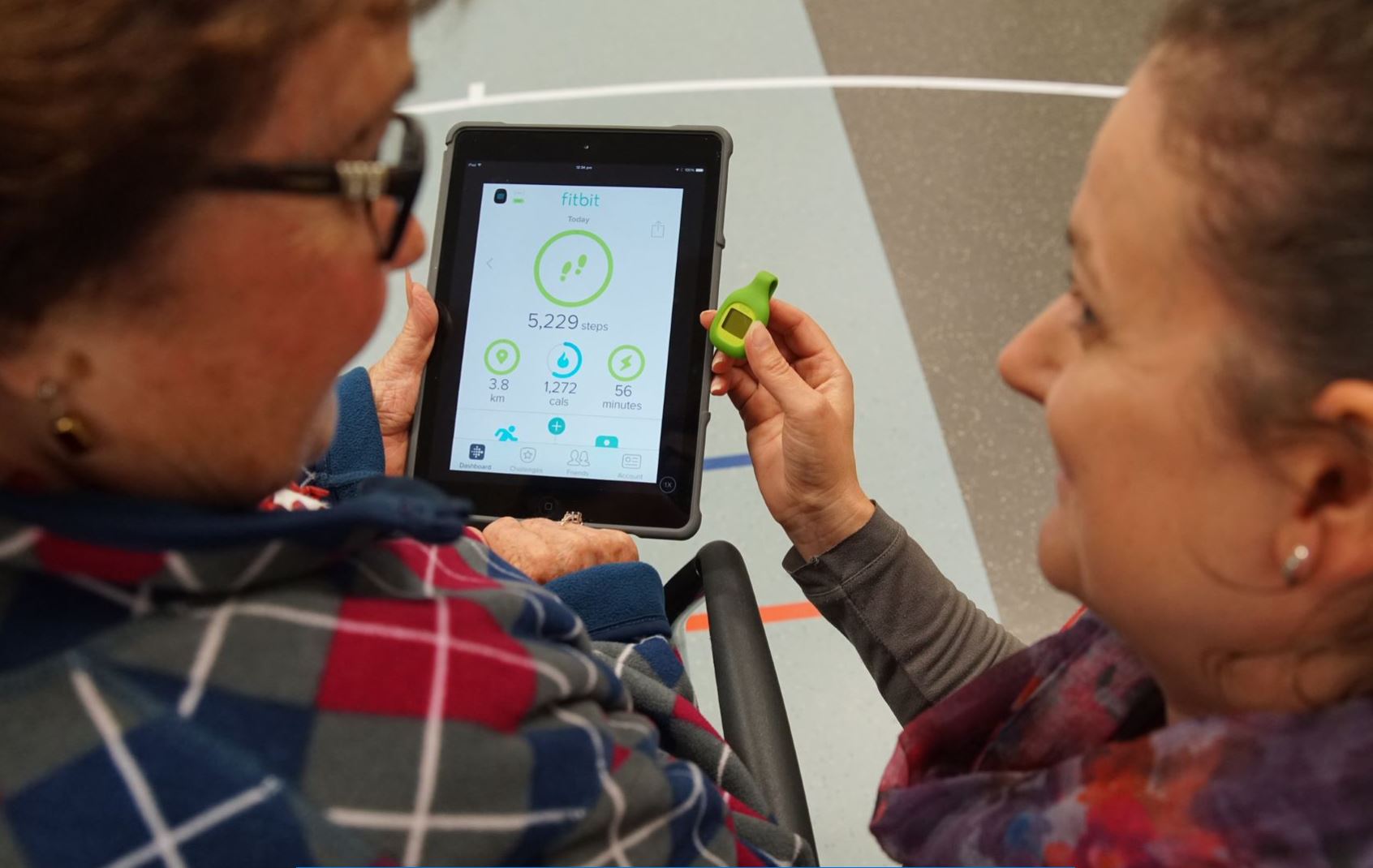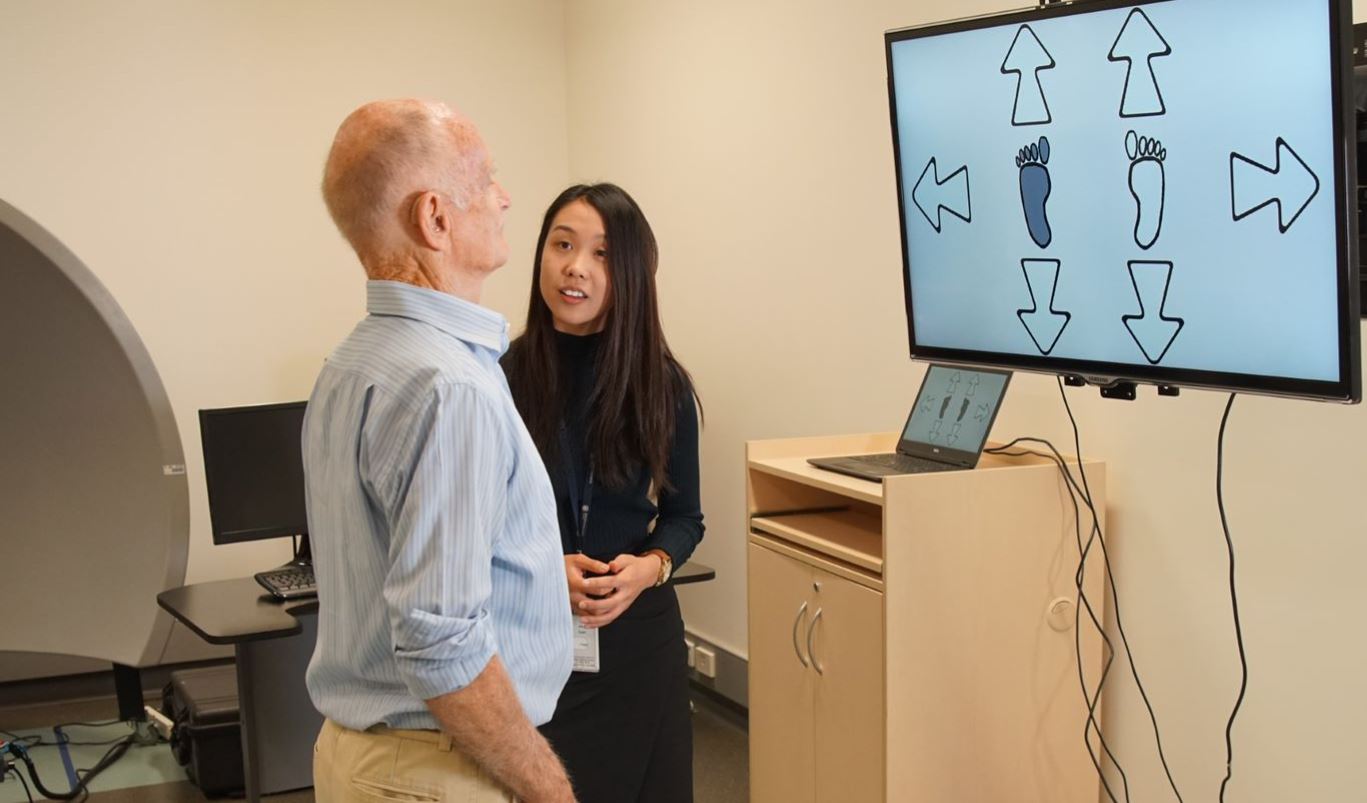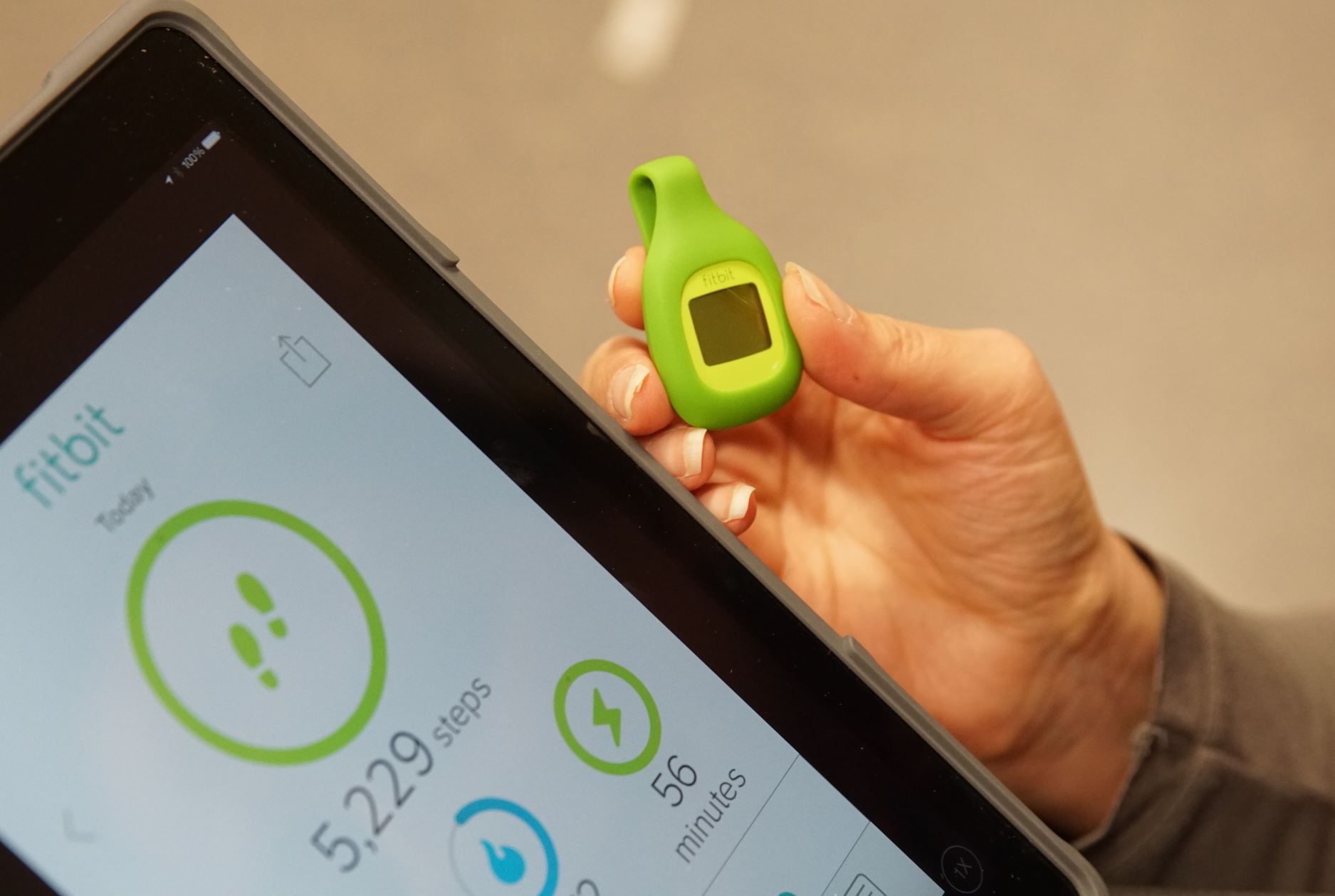
Virtual reality, activity monitors and handheld devices can increase the chances people will stand and walk after a stroke, brain injury, fall or fracture.
Trials conducted by The University of Sydney in NSW and Flinders University in Adelaide showed VR video games, activity monitors, and handheld computer devices can help people stand as well as walk.
It was the largest trial worldwide into the effects of digital devices in rehabilitation.
The study was undertaken at three hospitals in Sydney and Adelaide and had 300 participants ranging from 18 to 101 years old.
Participants used on average of four different devices while in hospital and two different devices when at home.
Fitbits were the most commonly used digital device but also tested on people in hospital and at home were a suite of devices like Xbox, Wii and iPads, making the exercises more interactive and enabling remote connection with their physiotherapist.
Those who exercised using digital devices in addition to their usual rehabilitation were found to have better mobility (walking, standing up and balance) after three weeks and six months than those who just completed their usual rehabilitation.
The results, published in the high-impact journal PLOS Medicine, were based on trials conducted by The University of Sydney in NSW and the Rehabilitation, Aged and Extended Care Professor Maria Crotty and others at Flinders University in Adelaide.

The study is not only the largest (similar studies were small with half of studies conducted in stroke rehabilitation having less than 25 participants) but also comprehensive in that it included a range of devices.
In addition, the type of digital devices for each participant was chosen to best suit the patient's walking and standing problems as well as taking into account their preferences and rehabilitation goals.
Lead author Dr Leanne Hassett from Sydney University says the benefits reported by patients using the digital devices in rehabilitation included variety, fun, feedback about performance, cognitive challenge, that they enabled additional exercise and the potential to use the devices with others, such as family, therapists and other patients.
"These benefits meant patients were more likely to continue their therapy when and where it suited them, with the assistance of digital health care."

The results found people were young at heart when it came to devices – although some loved the games and others preferred the Fitbit and iPad exercises – having a selection meant the physiotherapist could tailor the choice of devices not only to meet the mobility problems but also to take into account patient preferences.
Many respondents found a fitbit most feasible and enjoyable, and demonstrated that it could be used across different care settings, such as post-hospital rehabilitation, as well as remote support by the physiotherapist.
Physiotherapists worked with participants to choose the devices that were most suitable for each individual. Devices were used when participants were in hospital and after they returned home.
The study, conducted at Sydney's Liverpool Hospital, Bankstown-Lidcombe Hospital and Adelaide's Repatriation General Hospital, shows that future physical rehabilitation models should look at including digital devices to improve both inpatient and post-hospital rehabilitation.
About the study
Digital device group participants reported doing more walking at six months, meaning their rehabilitation was improved but this was not detected in the physical activity measure (time spent upright) generally. In the younger age group, the devices also increased daily step count.
Distinctions between physical activity were made through measurements with an activPAL, a small device attached to the thigh that records how much time is spent in different positions (sitting, standing, lying) as well as number of steps taken each day.
This study used research physiotherapists to deliver the study; the next step will be to trial the approach into clinical practice by incorporating it into the work of physiotherapists; recruitment for this is likely in 12-18 months.
As well as Sydney and Flinders University, other collaborators were the StrokeEd Collaboration, George Institute for Global Health, Vrije Universiteit, Amsterdam, Southern Cross University, University of Technology Sydney, South Western Sydney Local Health District, South Eastern Sydney Local Health District, Australian Catholic University, Macquarie University and Monash University.
The open access article, 'Digitally enabled aged care and neurological rehabilitation to enhance outcomes with Activity and MObility UsiNg Technology (AMOUNT) in Australia: A randomised controlled trial' (February 2020) by L Hassett, M van den Berg, RI Lindley,
M Crotty, A McCluskey, HP van der Ploeg, ST Smith, K Schurr, K Howard, ML Hackett, M Killington, B Bongers, L Togher, D Treacy, S Dorsch, S Wong, K Scrivener, S Chagpar, H Weber, M Pinheiro, S Heritier and C Sherrington has been published in PLOS Medicine. DOI: 10.1371/journal.pmed.1003029






